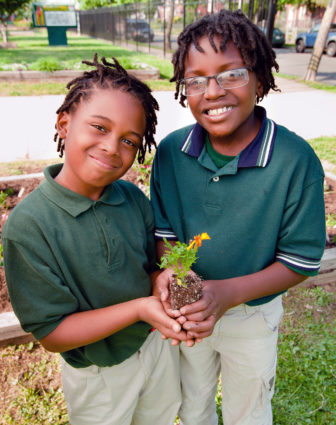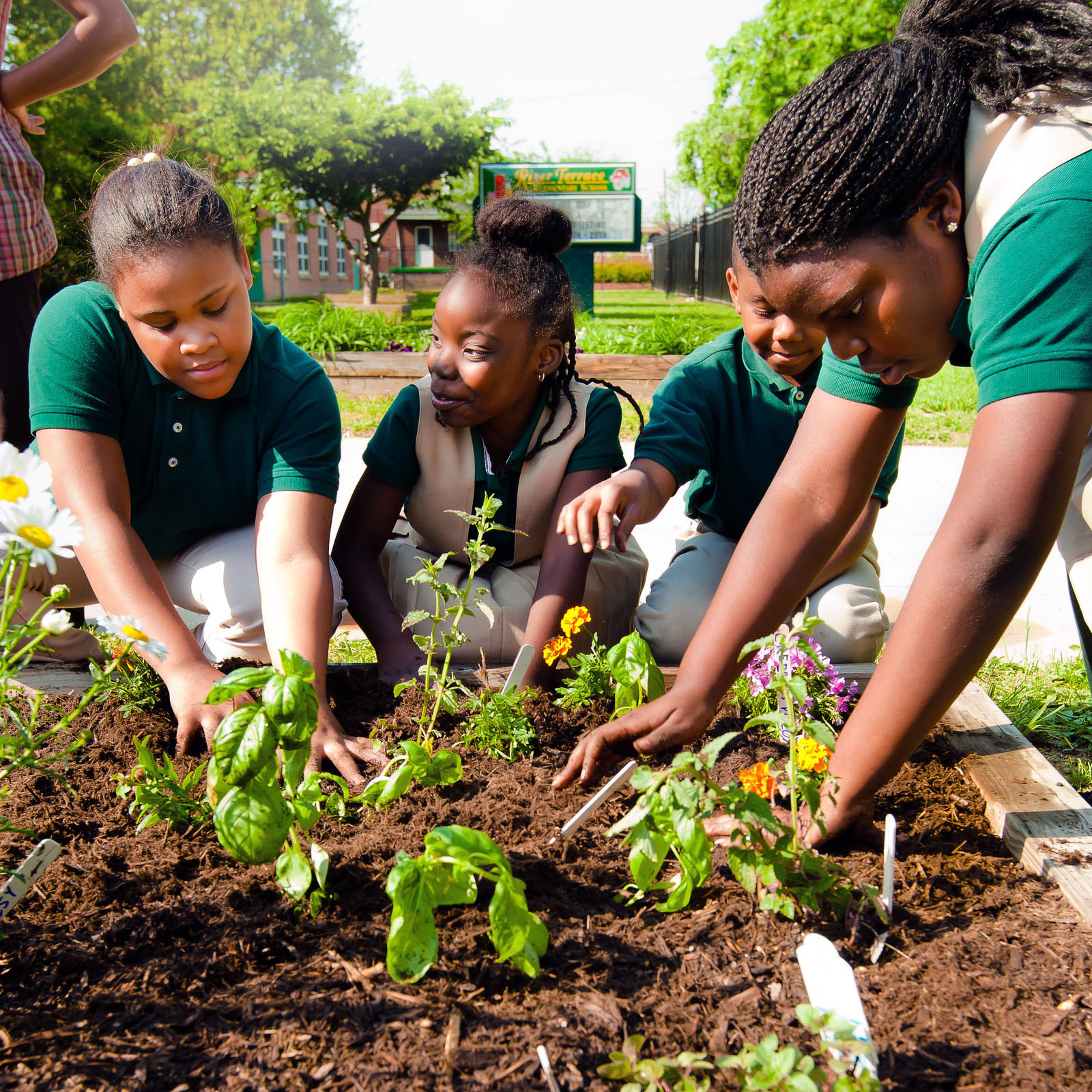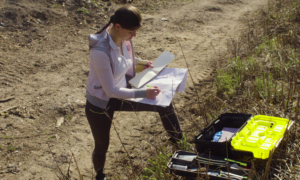In the wake of hate crimes that took place in Charlottesville, Virginia, adults who work with youth need to be equipped to respond, according to the National AfterSchool Association.
Sometimes “people are at a loss for what to do,” said Heidi Ham, vice president for programs and strategy for the National AfterSchool Association. But the staff of out-of-school time programs have a mission to educate, she said. The after-school and youth development fields are rooted in this mission, she said.
The NAA promotes inclusion and tolerance, Ham said.
“It’s all about creating safe spaces … where young people are free to be themselves and explore interests,” she said. “It’s about making inclusion a reality.”
The organization has offered a list of resources, including the curriculum Teaching Tolerance, the program Roots of Empathy and strategies from the Centers for Disease Control and Prevention for reducing the risk of violence.
Among basic guidelines is the need to listen to youth and to set norms around listening and talking, Ham said. Guidelines help staff choose their words and communicate well, she said.
Productive discussion
Daniel Hatcher’s organization, the Alliance for a Healthier Generation, works with after-school sites across the nation to promote physical activity and good nutrition.
 “We encourage sites to follow the NAA best practices for healthy eating and physical activity,” said Hatcher, director of community partnerships for the alliance. But best practices for youth programs also address how adults and kids engage with each other, he said.
“We encourage sites to follow the NAA best practices for healthy eating and physical activity,” said Hatcher, director of community partnerships for the alliance. But best practices for youth programs also address how adults and kids engage with each other, he said.
In the wake of incidents such as Charlottesville, kids are asking questions, he said. “It’s important to have those discussions with children so young people leave the site feeling connected.”
Kids need to feel they are in a safe and comfortable place, he said.
Among the after-school programs assisted by the Alliance for a Healthier Generation is Horton’s Kids, located in Washington, D.C.
Last summer, children in a Horton’s Kids afterschool program were on a basketball court playing with water balloons when they were caught in the crossfire of a shootout, according to news accounts. Although no children were hurt then, a 6-year-old was wounded several days later in a nearby shooting.
“How can I go in and do a training on nutrition when the staff and kids are upset about the events [that occurred]?” Hatcher asked.
Events have to be addressed, he said. “We encourage kids to talk with adults, connect over cooperative games and dialogue with each other if something challenging has happened,” he said.
Resources from the NAA include proactive ones, such as the curriculum promoting empathy, and reactive ones, such as the Ten Ways to Fight Hate Community Response Guide from the Southern Poverty Law Center.
On Twitter, #CharlottesvilleCurriculum contains resources for leading discussions among youth. The Alliance for a Healthier Generation also blogged about responding to community violence.
This story has been updated.






























